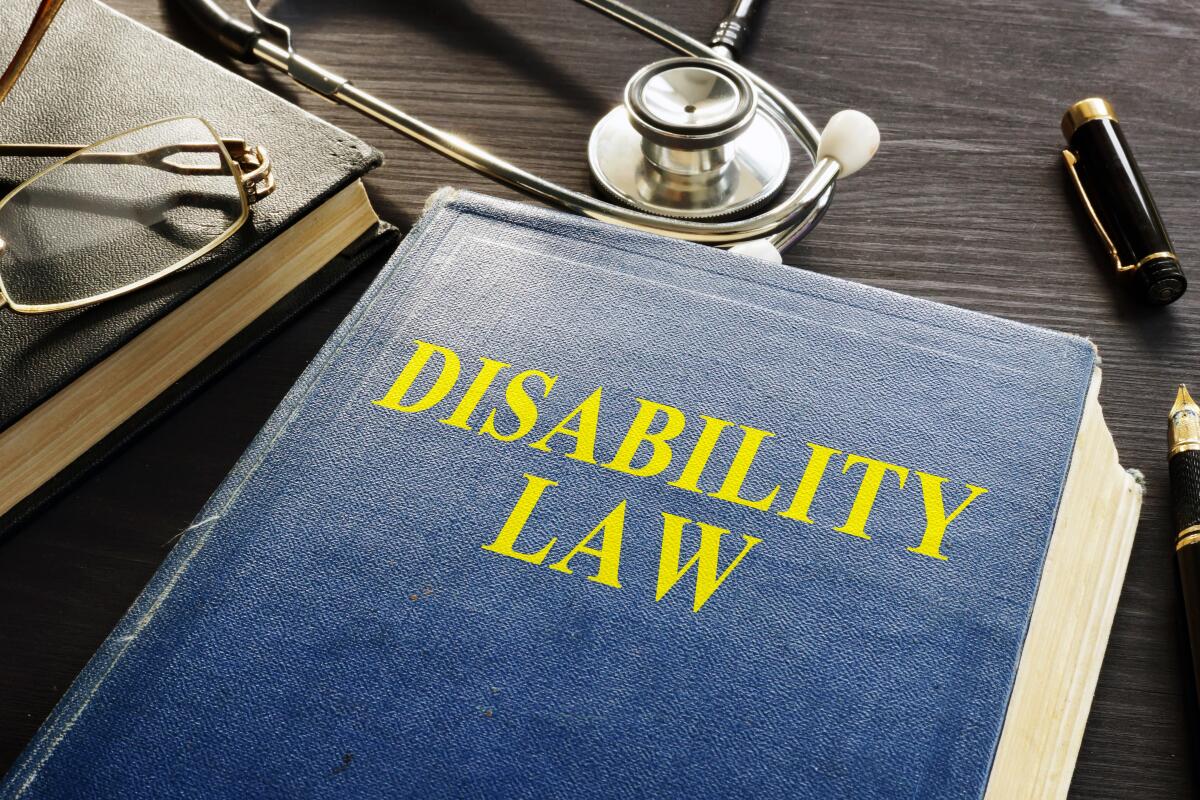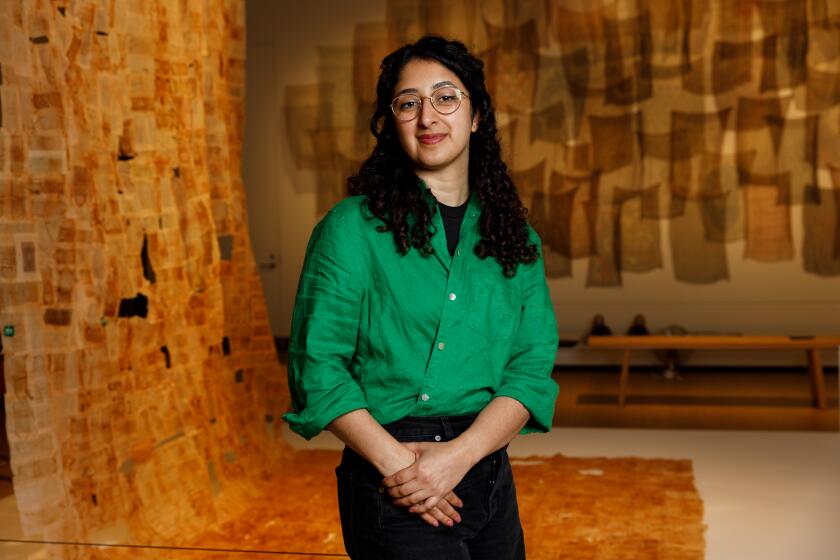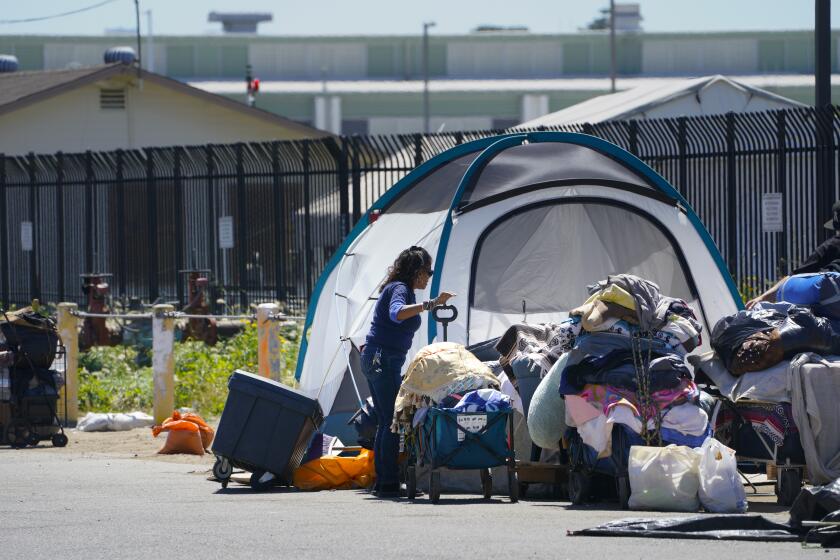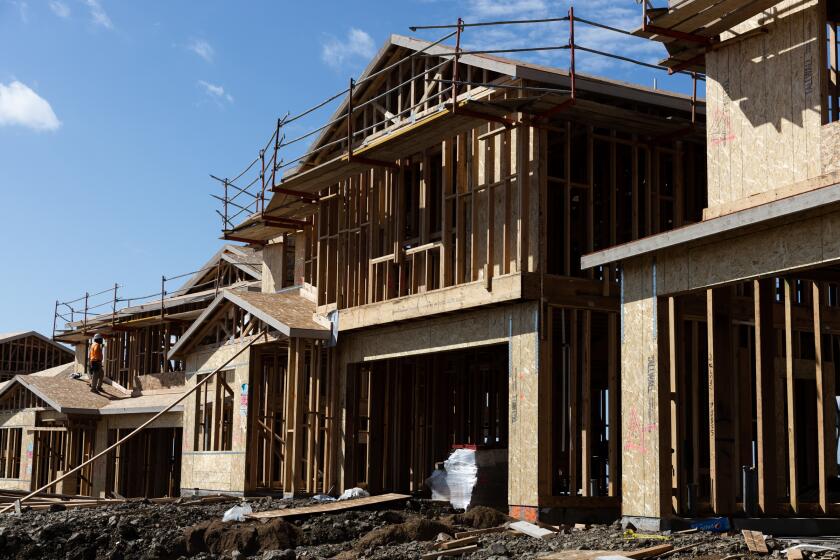Recent disability rights work reminds us that ‘treating everyone the same’ can still cause inequalities

A disability rights advocate discusses the work done to preserve anti-discrimination protections for people with disabilities in a recently withdrawn U.S. Supreme Court case, ‘CVS Pharmacy, Inc. v. Doe’
It was a victory for people with disabilities and advocates for disability rights. Before the case was withdrawn in November, “CVS Pharmacy, Inc. v. Doe” was set to be heard before the U.S. Supreme court this month. HIV-positive plaintiffs brought their case against CVS because they wanted to be able to opt out of a program requiring them to receive their HIV-related medications solely through the mail, rather than allowing them to access in-person services at CVS pharmacies.
The question before the court was whether a federal disability law, known as Section 504 of the Rehabilitation Act of 1973, applied to situations in which a policy was created with the intention of being neutral and is later found to be harmful or discriminatory toward people with disabilities.
One example is a case from the 1990s, in which Hawaii required all animals entering the state to be quarantined to prevent the spread of rabies in the state. While the policy seemed neutral, it had a burdensome impact on people with disabilities who use service animals. (The case was later settled, with Hawaii providing special accommodations for people who use service animals.)
“The idea behind some of the disability protections is that, you may not intend to discriminate, but there are affirmative obligations that you might have to take where your neutral policy could have a disproportionate burden or impact on people with disabilities,” said Stuart Seaborn, managing director of litigation for Disability Rights Advocates, a national nonprofit disability rights legal center. He took some time to discuss some of the disability rights issues raised in the CVS case, and why the resolution and cooperation between disability advocacy groups and CVS comes as such a relief to people with disabilities. (This interview has been edited for length and clarity. )
Q: How did “CVS Pharmacy, Inc. v. Doe” make it to the Supreme Court?
A: I can certainly answer that with respect to how it ends up in the Court of Appeals and the issue that’s important to advocates. It really is the issue of making sure that, even if there isn’t an overt intent to discriminate, the protections that we have taken for granted for years are still in place so that someone can seek an accommodation if they can show that they have a disability-related need, and that the impact on them is actually burdensome. I think that the impact on them is how the case got so far.
From an advocate’s perspective, the reason that it made sense to stick with this argument is that there can be neutral policies that discriminate and, as a result, there’s a need to preserve that right to an accommodation.
Q: In commentary from the ACLU in October, they mention the role of disparate impact in this case. Can you help us understand what this means, particularly as it relates to disability discrimination cases and issues?
A: Disparate impact is when you have a facially neutral program, policy, or practice that disproportionately burdens, or has a negative impact, on people with disabilities.
There’s a case out of Portland, Ore., “McGary v. City of Portland,” that illustrates this. There was a homeowner living in Portland with significant disabilities, who was unable to keep up with the city’s requirements for keeping the yard maintained, and they were facing fines or penalties for not keeping things up. Although, in its policies for what homeowners need to do to keep and maintain their properties, I can’t imagine that the city was even thinking about people with disabilities at the time. To give them the benefit of the doubt, it seems very neutral. At the same time, it really did have a disproportionate impact on this person who had these conditions that really didn’t allow them to keep up. So, the court said there’s a disproportionate burden, even if there was no intent to discriminate, and they required the city to accommodate.
Of course, we want public entities and companies to be as proactive as they can, in terms of their policies and practices, to make sure they’re as equitable as they can be for people with disabilities. The law was designed to protect situations where there may be something they haven’t thought of, but it still has that negative impact on the disability community. The idea behind this is that there should be that flexibility to make sure there is a modification available if that happens.
Q: What was at stake for people who are disabled in the “CVS” case?
A: I think there were two things at stake. One is specifically the right to have an accommodation. For people with HIV in that case, and I can only speak from what I’ve read, it looks like there was a need for folks to have the option to have an accommodation to conduct that business in person. Two, the greater impact on the community was the critical thing, and the idea that reasonable accommodations of neutral practices or policies have been part of this landscape of disability law. It really enabled folks with disabilities, with accommodations, to participate actively in society, far more than that had been an option for the last 30 years or so before the passage of the Americans with Disabilities Act. As those rights have evolved, it really was to protect that right to reasonable accommodations. The understanding would be that, as long as it’s reasonable, the company might have to bend its policies, even if the policies are neutral. That has been a tremendous boon to the participation of people with disabilities in the community, in all aspects of public life, employment, and housing, among other things. That concept, which dates back to before the ADA, was really necessary to preserve.
Q: Can you talk about any examples of the impact of reasonable accommodations?
A: There are literally hundreds, but just looking at Section 504 (which applies to a variety of things), DRA also handles cases around access to voting rights. There are some facially neutral policies that come with counties that move toward absentee voting ballots during the pandemic, or otherwise. As a method of doing things, there’s nothing on the face of absentee voting that is discriminatory. However, there are folks with vision impairments who may not be able to read a paper ballot, so there may need to be a modification to that absentee voting program, even if the folks who prepared the program didn’t intend to discriminate against people with vision impairments, or people who are blind. That’s one example, but there are any number of examples where there’s a facially neutral policy or practice that doesn’t contemplate the impact on communities and people with disabilities.
Q: What kind of difference does it make in the work being done in this area that CVS withdrew the case and chose to work on more equitable policies for people with disabilities?
A: I have to say, I’m pleased and floored by the work of the community. There was active effort by disability community groups, that are too numerous to name, to do things in a very proactive and cooperative way. Rather than being kind of aggressive with litigation tactics or being negative, there was a proactive effort by the community to reach out, not only to the public, but also to companies that are impacted, including CVS. It bodes well for the future that there can be this kind of grassroots and community advocacy that has its own impact on covered entities and decision makers. That, to me, was amazing. We’ve seen with the ADA and Section 504, oftentimes the only way to enforce it has been to use the courts, given that that’s really the primary vehicle for enforcement in the country. It is really nice to see this kind of cooperation and public awareness having a real impact. Kudos to CVS for really being willing to sit down and listen and focus on how it could reach more equitable policies for people with disabilities. It takes a lot for that to happen, and I think it’s a testament to the community efforts, but also to the company for really sitting down and taking it seriously.
Q: What should people outside of the disability community understand about the ripple effects of these kinds of cases and policies?
A: If there’s a threat to these laws, it may seem innocuous to say, “Well, what’s wrong with saying we just can’t discriminate against anybody, and that’s the requirement? Why do you need this additional affirmative requirement that companies accommodate people, or do something different for the disability community than they would for somebody else? Why can’t you just treat everybody the same?” It does sound equitable to hear that you’re treating everybody the same, but I think I would encourage people to look beyond what it actually means for people with disabilities. Treating people the same may still actually result in an unlevel playing field. You may need to require, as long as it’s reasonable, an accommodation so that folks have equal opportunity. That’s something that can be hard to convey when the entity on the other side is saying, “Look, we didn’t have any bad intent here. In fact, we’re trying to figure out how to treat everybody the same.”
In these cases, we often look at what’s equitable in terms of equal opportunity, so that people can participate on an equal basis. Oftentimes, having that equal opportunity means that there’s got to be some sort of affirmative action taken, and it can’t just be treating everybody the same.
Get Essential San Diego, weekday mornings
Get top headlines from the Union-Tribune in your inbox weekday mornings, including top news, local, sports, business, entertainment and opinion.
You may occasionally receive promotional content from the San Diego Union-Tribune.












